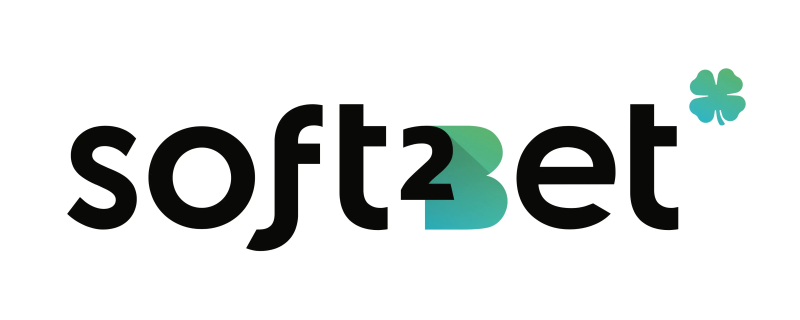Enhancing Business Performance with Operational Efficiency Tools 2
Unlocking the Fun of Lucky Star Aviator
August 5, 2025{Juegos de Casino Online para Ganar Dinero Real en Chile|Los 7 Mejores Juegos Para Ganar Dinero Real En Chile|Conoce los casinos que más pagan en Chile Lista 2025|El Mejor Casino dinero real Lista Chile 2025|Mejores casinos online con dinero real Chile Top 10 sitios de juegos con dinero de verdad|Juegos de Blackjack En Línea con Dinero Real en Chile 07 2025|Los Mejores Casinos Online en Chile 2025: Top Casinos Chilenos con Dinero Real|Mejores Casinos Online en Chile 2025: Top 10 Casinos para Ganar Dinero Real|Top 5 mejores juegos de casino con dinero real que juegan los chilenos|Mejores casinos online Chile 2025: juega con dinero real|Tu Destino para Juegos en Línea en Chile|Mejores juegos de casino online con dinero real en Chile 2025|Mejores juegos de mesa online de Chile por dinero real: Top 10 sitios de juegos online para chilenos}
August 5, 2025
Enhancing Business Performance with Operational Efficiency Tools
In today’s rapidly evolving business environment, organizations must adopt strategies that enhance operational efficiency. Finding the right operational efficiency tools soft2bet-casino.net can lead to substantial improvements in productivity and cost savings. This article explores various aspects of operational efficiency, including key tools and their benefits, helping businesses achieve optimal performance.
Understanding Operational Efficiency
Operational efficiency refers to an organization’s ability to deliver services or products to its customers in the most cost-effective manner without compromising on quality. This concept is essential for businesses aiming to maximize profits while minimizing waste and resources. Achieving operational efficiency involves streamlining processes, optimizing resource allocation, and utilizing technology to eliminate redundancies.
Why Operational Efficiency Matters
The importance of operational efficiency cannot be overstated. In a competitive landscape, organizations that optimize their operations can:
- Reduce Costs: Streamlined operations typically lead to lower operational costs through reduced waste and more effective use of resources.
- Enhance Productivity: Efficient processes empower teams to focus on high-value tasks rather than getting bogged down by repetitive, low-value activities.
- Improve Customer Satisfaction: By delivering products and services more quickly and reliably, companies can enhance the overall customer experience.
- Foster Agility: Organizations that prioritize operational efficiency can adapt to market changes more swiftly, enabling them to respond effectively to customer needs and industry trends.
Key Operational Efficiency Tools
Numerous tools are available to help businesses enhance their operational efficiency. Here are some of the most effective ones:
1. Project Management Software
Tools like Trello, Asana, and Microsoft Project help teams plan, execute, and monitor projects effectively. These tools provide visibility into task assignments, deadlines, and progress, facilitating better collaboration among team members.
2. Automation Software
Automation tools such as Zapier and Integromat can integrate various applications and automate repetitive tasks, freeing up employees’ time for more strategic work. By minimizing manual input, businesses can improve accuracy and speed across processes.
3. Business Process Management (BPM) Tools
BPM tools like Bizagi and ProcessMaker enable organizations to design, execute, and monitor business processes. These tools provide frameworks for process analysis and optimization, allowing businesses to identify bottlenecks and inefficiencies.
4. Customer Relationship Management (CRM) Software
CRM systems such as Salesforce and HubSpot streamline interactions with customers, centralizing data and facilitating better communication. By leveraging customer insights, businesses can enhance service delivery and tailor their offerings to meet client needs effectively.

5. Performance Management Tools
Performance management tools, including Tableau and Klipfolio, help organizations track key performance indicators (KPIs) and visualize data. This analytical capability supports informed decision-making and encourages continuous improvement.
Implementing Operational Efficiency Tools
Successfully implementing operational efficiency tools requires careful planning and execution. Here are some steps to guide organizations through the process:
1. Define Objectives
Begin by identifying specific goals to achieve via operational efficiency tools. Whether it’s reducing costs, improving productivity, or enhancing customer satisfaction, clear objectives will guide the selection and implementation process.
2. Involve Stakeholders
Engage relevant stakeholders from different departments in the tool selection process. Their insights can help to ensure that the chosen tools align with the organization’s needs and address potential challenges.
3. Provide Training
Proper training is essential for successful adoption. Ensure that employees understand how to use the new tools effectively, highlighting their benefits to encourage engagement and buy-in.
4. Monitor and Adjust
After implementation, continuously monitor the tools’ performance against the defined objectives. Solicit feedback from users and make adjustments as necessary to maximize effectiveness.
Challenges in Implementing Operational Efficiency Tools
Despite the benefits, organizations may encounter challenges when implementing operational efficiency tools. Common obstacles include:
- Resistance to Change: Employees may be hesitant to adopt new processes or technologies. Effective change management strategies are crucial to overcoming this resistance.
- Integration Issues: Ensuring that new tools integrate seamlessly with existing systems can be complex. Careful planning and technical support are essential.
- Initial Costs: The upfront investment in operational efficiency tools can be significant, which may deter some organizations. However, the long-term benefits often outweigh these costs.
Conclusion
Operational efficiency tools are invaluable for businesses looking to streamline their processes and enhance performance. By selecting the appropriate tools and implementing them strategically, organizations can achieve significant improvements in productivity, cost reduction, and customer satisfaction. As the business landscape continues to evolve, prioritizing operational efficiency will remain a definitive factor in long-term success.
